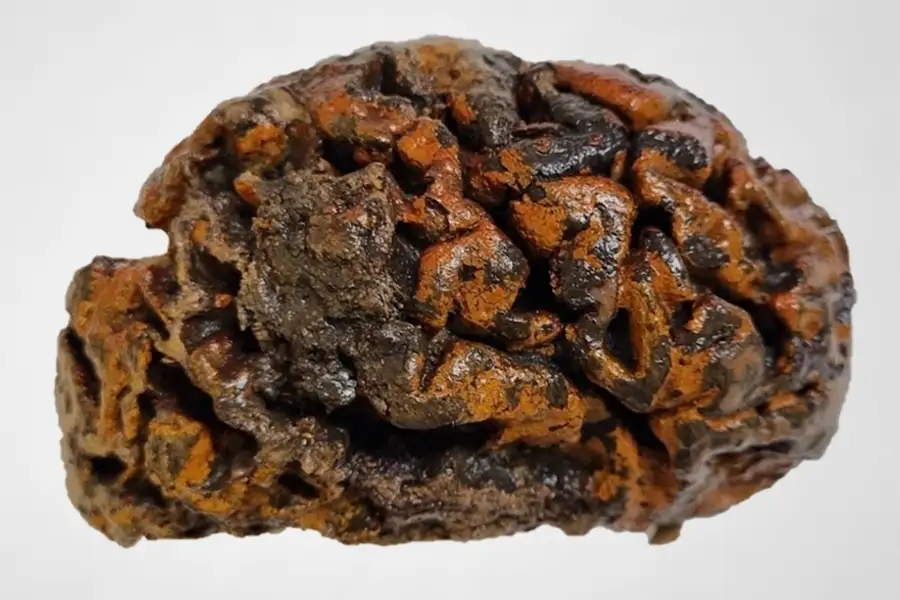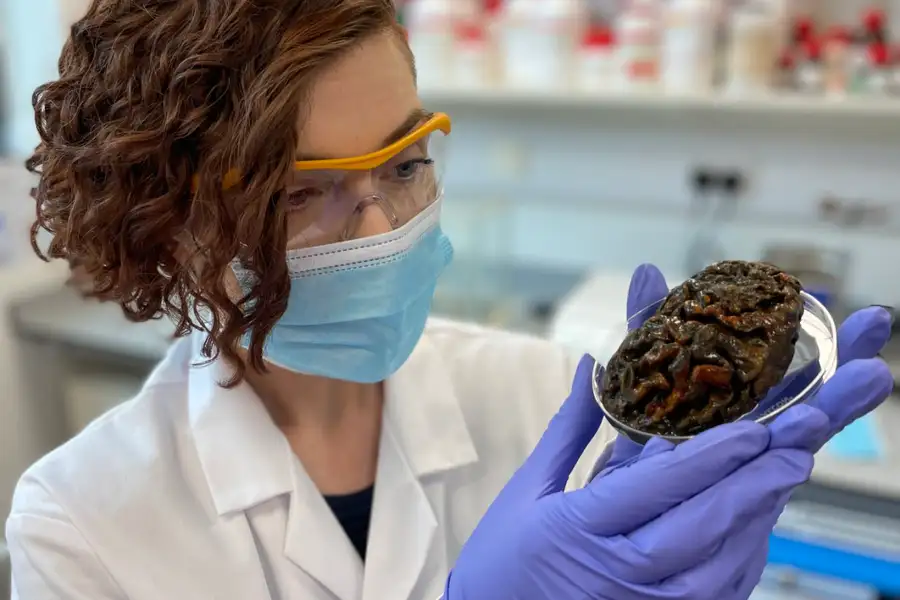In the annals of history, tales of mystery and intrigue often linger, shrouded in enigmatic circumstances that challenge our understanding of the past. Among these mysteries lies the curious case of naturally preserved human brains, defying the ravages of time for thousands of years. From sunken shipwrecks to waterlogged graves, these remarkable discoveries have left researchers perplexed, prompting a quest for answers that delves into the very essence of our biological makeup.
Dr. Alexandra Morton-Hayward, a pioneering researcher at the University of Oxford, embarked on a journey fueled by curiosity and scientific inquiry. Drawing from her experiences as an undertaker, where she witnessed the rapid decomposition of the human brain, Morton-Hayward was captivated by instances where brains defied the odds and remained remarkably intact.
Her fascination led to the first systematic study of preserved human brains, culminating in the creation of a comprehensive database encompassing over 4,400 cases worldwide. Yet, amidst the wealth of data, a puzzling pattern emerged: in over 1,300 instances, brains stood alone as the sole surviving soft tissue, defying conventional explanations.
While known preservation processes account for the integrity of soft tissues in many cases, they fall short in explaining the resilience of brains in isolation. The prevailing hypothesis suggests that certain circumstances catalyze the formation of stable molecules within the brain, resisting degradation long after death. This phenomenon, akin to mechanisms observed in neurodegenerative diseases, offers a tantalizing glimpse into the complexities of brain aging and decay.
The implications of Morton-Hayward's research extend far beyond the realm of archaeology, offering potential insights into the mysteries of dementia and cognitive decline. By unraveling the secrets of preserved brains, scientists may unlock invaluable clues to understanding the mechanisms underlying brain health and longevity.
Yet, amidst the excitement of discovery, challenges persist. Preserved brains often masquerade as soil, overlooked and discarded during archaeological excavations. This oversight underscores the importance of raising awareness among researchers and fostering a deeper appreciation for the hidden treasures that lie beneath the earth's surface.
Alexandra Morton-Hayward holding a 1000-year-old preserved brain
Graham Poulter
As Morton-Hayward's groundbreaking study ushers in a new era of exploration, the echoes of preserved brains resonate with the echoes of history itself. Each discovery offers a tantalizing glimpse into the lives of those who came before us, a testament to the resilience of the human spirit in the face of the unknown.
In the end, the mystery of preserved human brains serves as a reminder of the boundless wonders that await those who dare to venture into the depths of the past. With each revelation, we inch closer to unraveling the enigma that has captivated the imagination of generations, shedding light on the mysteries that lie hidden beneath the sands of time.








